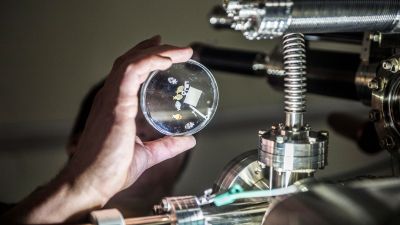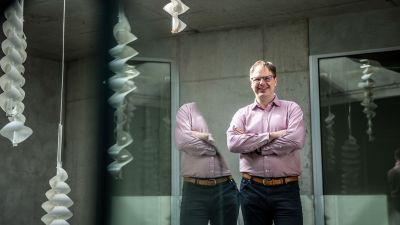"During my PhD, we discovered a completely new type of immune cell that has a key role in the immune system's response to microorganisms. However, due to imperfect technology, they went unnoticed for a long time," says Jan Dobeš, who now heads his own research group at the Faculty of Science of Charles University. Now, together with Jakub Abramson and two other American colleagues, he has been invited to write a review article for the latest issue of the peer-reviewed journal Nature Review Immunology, which has an impact factor of a staggering 108.5, placing it in the top ten most prestigious journals in all fields.
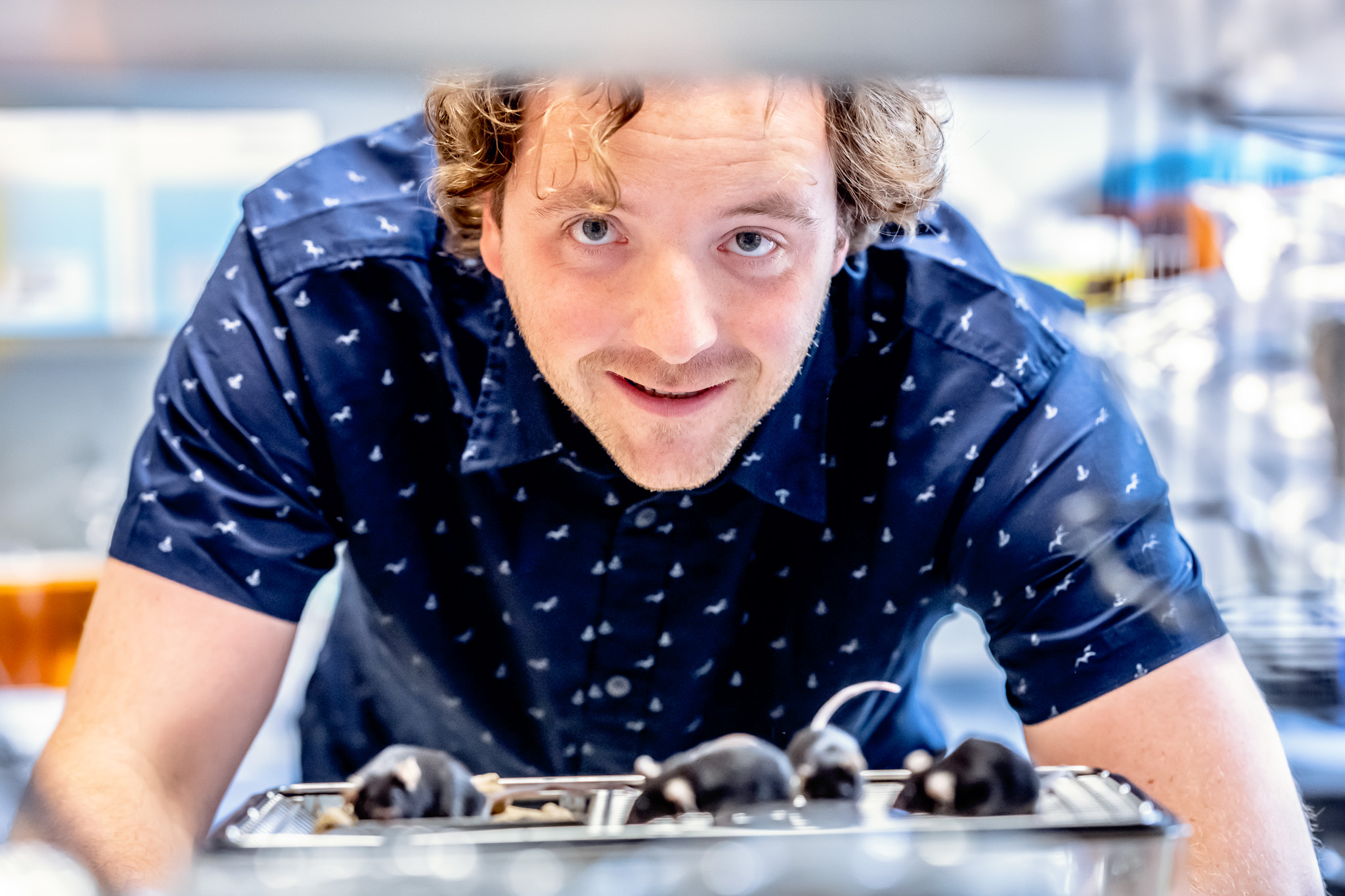
Jan Dobeš contributed significantly to the discovery of new immune cells, which is why these cells are nicknamed "Dobeš cells" in Czech circles.
"In our field, there is nowhere to aim higher in terms of publications," Jan Dobeš modestly admits. "This new type of immune cells is the current hot trend in immunological research, which brings with it chaos, because everyone approaches them differently, they are given different names, so we were approached to critically write up and organise the current knowledge," says the immunologist who discovered these cells, now called RORγt+ eTAC, during his PhD in Dominik Filipp's group at the Institute of Molecular Genetics of the Czech Academy of Sciences.
These cells had long gone unnoticed due to the imperfections of the available technologies, as they are difficult to isolate due to their low frequency and similarity to other cells. "Never say never, but we now have much more precise and detailed technology, so it is very unlikely that we will ever discover a similarly important type of immune cell in the future - it would have happened by now," says Dobeš, who may be one of the last discoverers of a new cell type that plays a key role in the immune system's response to microorganisms. That is why these cells are nicknamed "Dobeš cells" in Czech scientific circles.
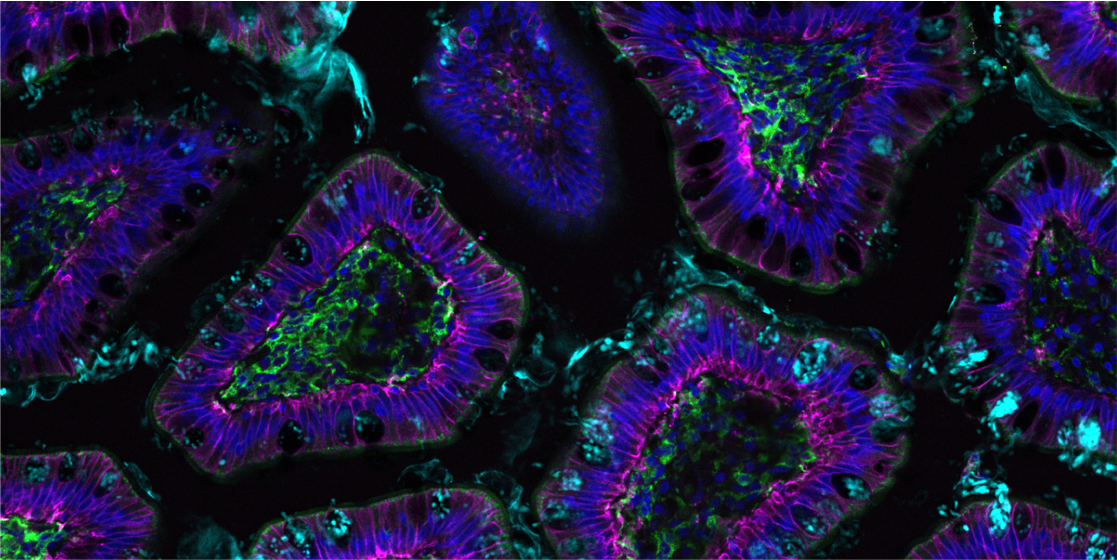
Illustrative image of mouse intestinal cells.
Immune cells of many functions
"There is still a lot we don't know about these cells. It's as if a new species of animal had been discovered - the 'catdog' - but we don't know how many different breeds there are and how they differ from each other," says Jakub Abramson, a Czech-born scientist and another of the co-authors of the review article, who heads a research group at Israel's Weizmann Institute, where Jan Dobeš was until recently a postdoctoral fellow. However, he is spending this year on a research sabbatical at the Faculty of Science of CU and the Institute of Organic Chemistry and Biochemistry of the Czech Academy of Sciences and is continuing his collaboration with Jan Dobeš intensively.
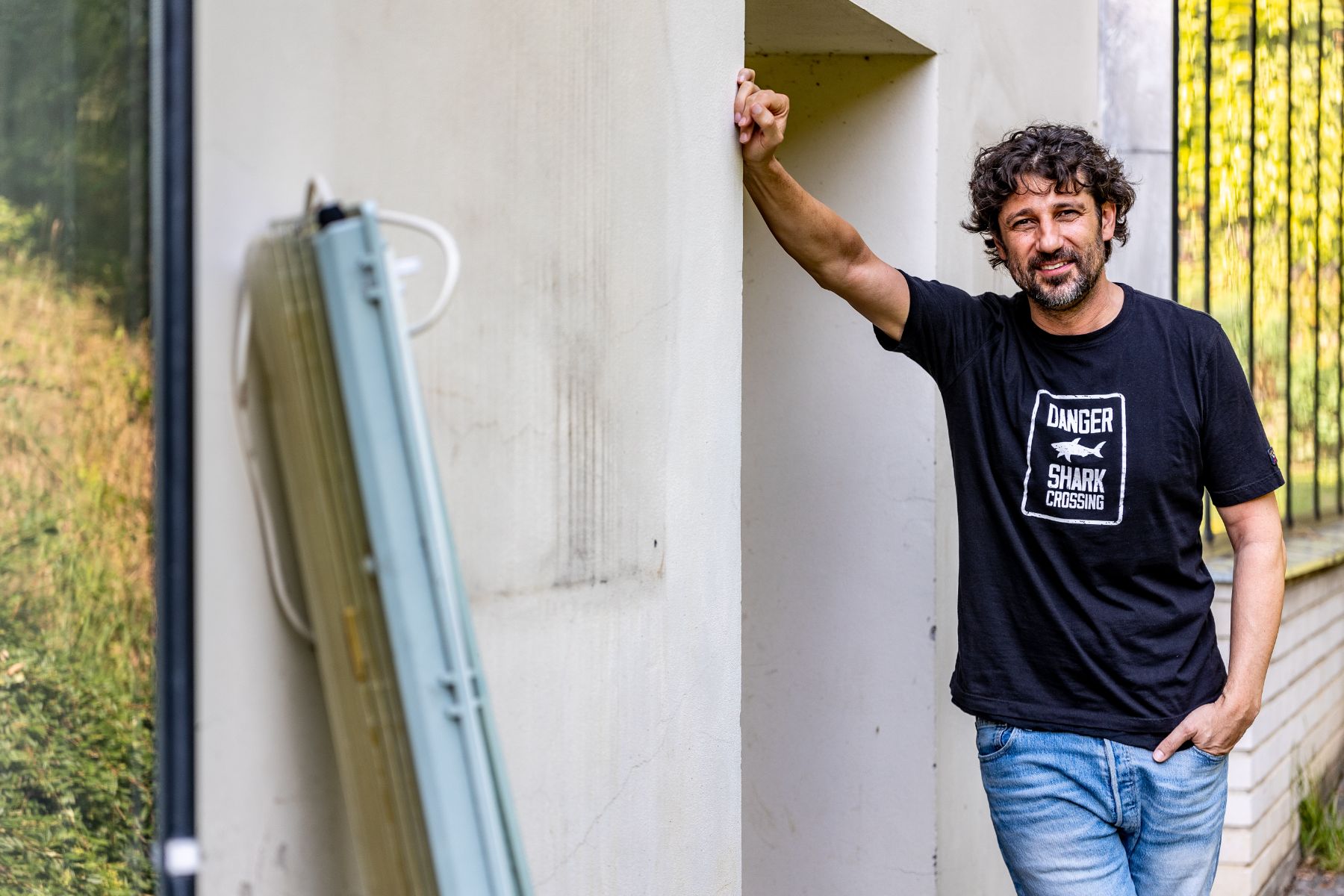
Czech-Israeli immunologist Jakub Abramson is on a scientific sabbatical in the Czech Republic this year.
One of the unknowns, for example, is the origin of these cells. Immune cells are divided into two main lineages: the so-called myeloid lineage, which includes antigen-presenting cells that expose pieces of foreign bacteria or other pathogens on their surface. These "exposed" signals are then recognised by lymphocytes - white blood cells that destroy the uninvited pathogens. "These cells have the capabilities of so-called antigen-presenting cells, although they belong to the lymphoid cell lineage. We found that they produce the autoimmune regulator Aire, which was previously known only from the thymus - the 'immune school' where white blood cells learn to recognise their own cells from dangerous pathogens. This is a completely new immunological concept," says Dobeš, who last year published a paper with Jacob Abramson's team showing that these cells play a key role in the body's immune response against yeast infections in the oral cavity and gut (more in a separate article in Czech). Several research groups in the USA have in turn discovered that these cells can modulate the function of lymphocytes so that they do not attack their own beneficial bacteria in the gut. A faulty immune system response to the gut microbiota leads to unpleasant inflammatory diseases such as Crohn's disease.
"We are really at the beginning of our knowledge, but I think these cells have a huge clinical potential if we understand more about their functions and roles in the regulation of the immune system," says Jakub Abramson. "If I let my imagination run wild, I can imagine that in the future we will be able to 'laboratory domesticate' these cells to use them to fight various infectious diseases, such as yeast infections in particular, but also autoinflammatory diseases such as chronic intestinal inflammation," he says.
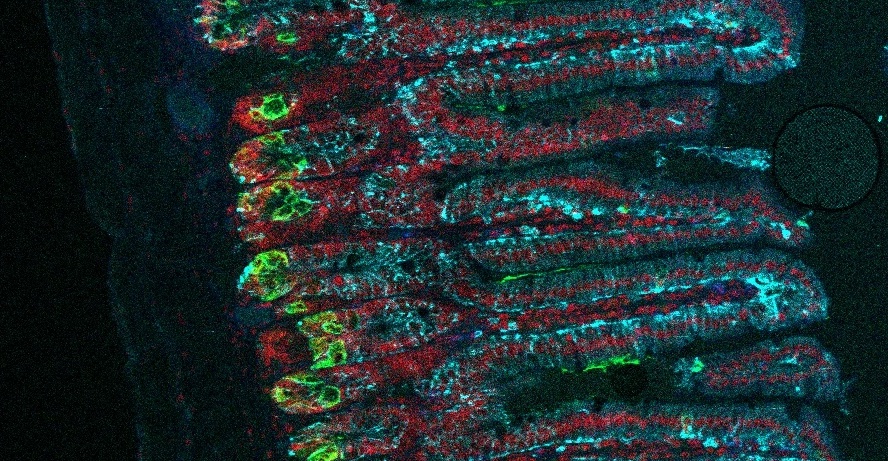
Illustrative image of mouse intestine.
Leaders in the field
The aim of the review was to critically summarise current knowledge and to put the nomenclature in order. Did it succeed? "We think so - there is about a ninety percent consensus in the current knowledge. But we emphasise in the paper that we are still at the beginning, and our knowledge and understanding of the functions will become more precise as new results come in," summarise Dobeš and Abramson, who collaborated with American colleagues on the review and together became leaders in the field. "The idea for this collaboration originated in the journal's editorial office - we knew each other, but we didn't collaborate, we were more like competitors," comments Abramson, who says it is always beneficial when multiple teams collaborate on a similar review article.

This year Jan Dobeš also received support from ERC CZ, more in a separate article.
The authors believe that this review article will help the wider community of scientists to navigate the dynamically developing field that will dominate immunology research in the years to come. "These cells are simply fascinating! I would like to find out why we have cells in the body that ultimately have similar functions - why we have two mechanisms to fight pathogens. Nature is not in the habit of wasting resources, so there is probably a reason for this that we don't yet know," adds Jan Dobeš, whose team, like many others around the world, is working to gain a deeper understanding of the function and associated molecular mechanisms of a new type of immune cell.



